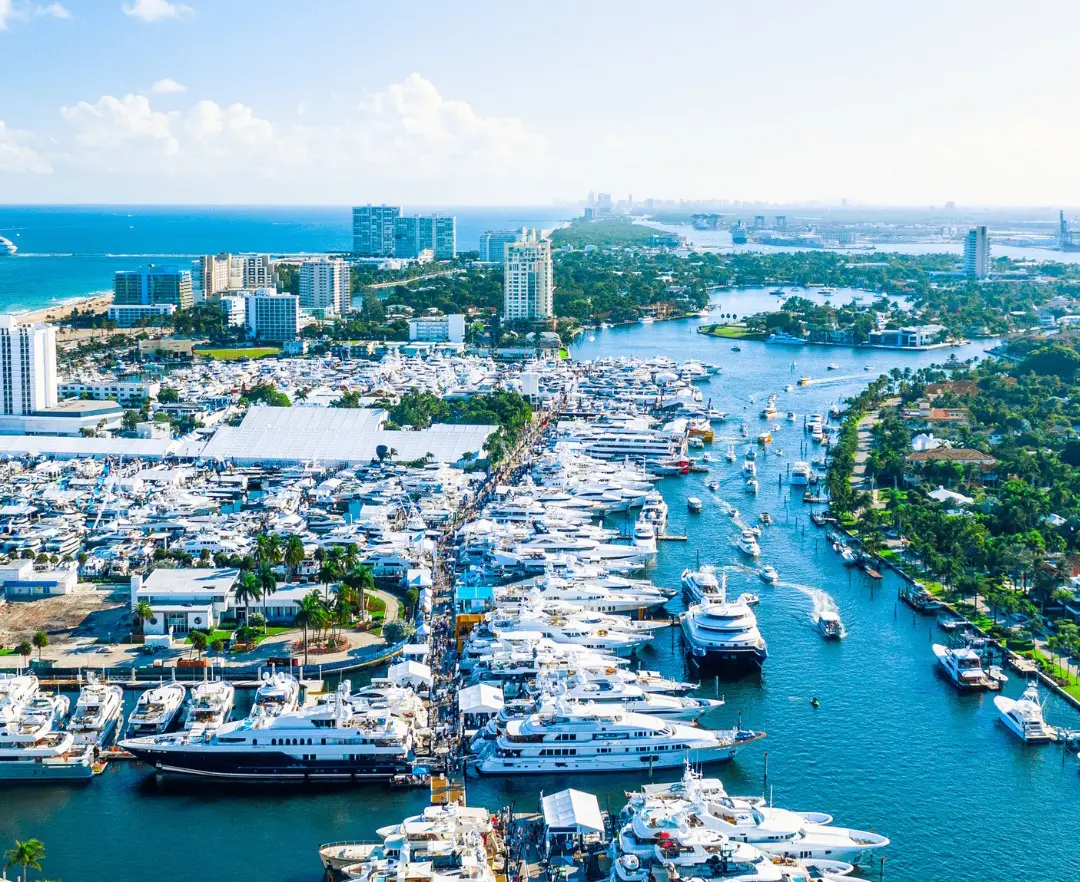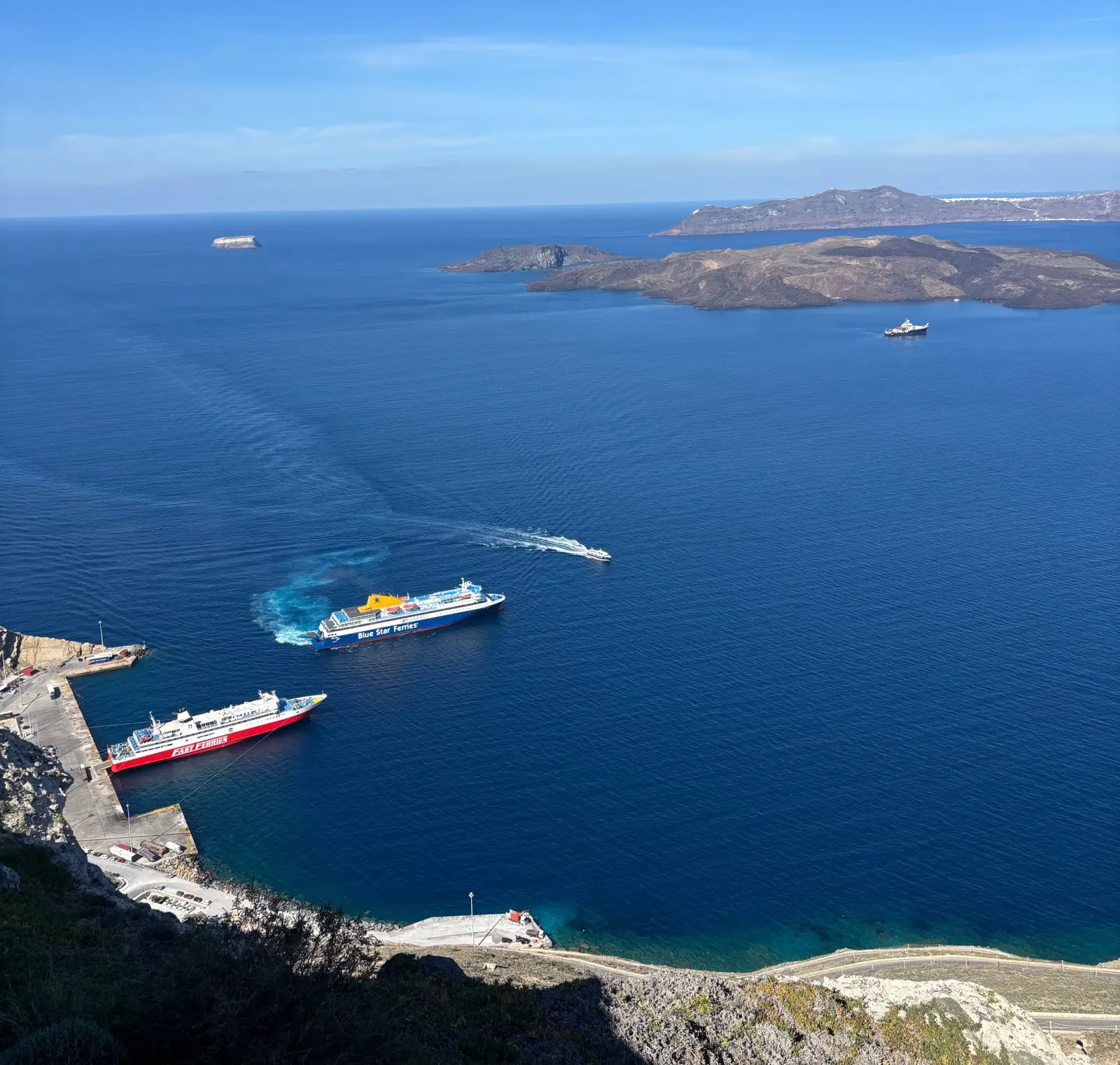Santorini’s stunning whitewashed villages and dramatic cliffs are atop one of the world’s most famous volcanic formations. Recent seismic activity in the Aegean Sea has put the island back in the spotlight, raising questions about safety and travel plans.
The increased earthquake activity in the region began on January 28, 2025, with over 500 tremors recorded, some exceeding magnitude 4.0 on the Richter scale. While experts assure that these quakes are linked to tectonic faults rather than volcanic activity, the situation is being closely monitored.
According to Efthymios Lekkas, President of the Earthquake Planning and Protection Organization, the seismic movements are the result of underwater fault lines rather than pressure buildup in the Santorini volcano. However, research from vulkane.net reminds us that a large magma accumulation was detected three years ago. Despite this, scientists estimate that a volcanic eruption is unlikely for at least 150 years.
Emergency precautions have been taken, with school closures and warnings issued for areas at risk of landslides. The Greek Ministry of Civil Protection has emphasized that while the volcano remains active, current data does not indicate an immediate threat.
The Santorini archipelago, formed by a massive eruption 3,600 years ago, is no stranger to geological activity. The last notable volcanic unrest lasted 14 months between 2011 and 2012 but did not result in a full eruption.
The Tsunami Risk and What Travelers Need to Know
Meanwhile, experts from Boğaziçi University Kandilli Observatory and Yıldız Technical University in Turkey continue to monitor the broader Aegean seismic storm, noting its connections to the Hellenic Arc subduction zone—a geological fault system that has been active for centuries. This fault line has historically generated both earthquakes and tsunamis, making it a closely watched region for geologists and disaster preparedness agencies.
One of the most well-documented tsunamis in this region occurred in 1956 after a magnitude 7.5 earthquake struck near Amorgos, a neighboring island of Santorini. The resulting waves reached heights of over 5 meters (16 feet) and impacted coastal areas in Greece and Turkey. While such extreme events remain rare, scientists are urging caution, as underwater seismic activity can still generate smaller tsunami waves in the region.
For travelers bound for Turkey’s Aegean coast, authorities have reassured visitors that there is no immediate tsunami threat, but monitoring efforts are ongoing. Coastal cities such as Bodrum, Izmir, and Marmaris are located along the eastern section of the Hellenic Arc, making them more vulnerable to any potential seismic-driven sea disturbances.
Turkish officials have emphasized that emergency protocols are in place and that travelers should stay updated on advisories issued by local authorities and international seismic monitoring centers.
Precautionary Measures for Travelers
While earthquakes and potential tsunami risks might sound alarming, experts stress that the probability of a major event remains low. However, travelers heading to Santorini, the Cyclades, and Turkey’s Aegean coastline should still take some basic precautions:
- Follow Local Guidance: Pay attention to any alerts from Greek and Turkish civil protection agencies.
- Know Evacuation Routes: If staying near the coastline, be aware of the nearest high ground and emergency evacuation routes.
- Stay Informed: Use earthquake and tsunami alert apps or check updates from international seismic agencies like the USGS (United States Geological Survey) or EMSC (European-Mediterranean Seismological Centre).
- Choose Accommodations Wisely: If you are concerned about earthquakes, consider staying at hotels that follow modern seismic building standards.
For now, Santorini and Turkey’s Aegean coast remain safe and open to travelers, but as with any destination prone to natural activity, staying informed is the best way to ensure a worry-free trip.












